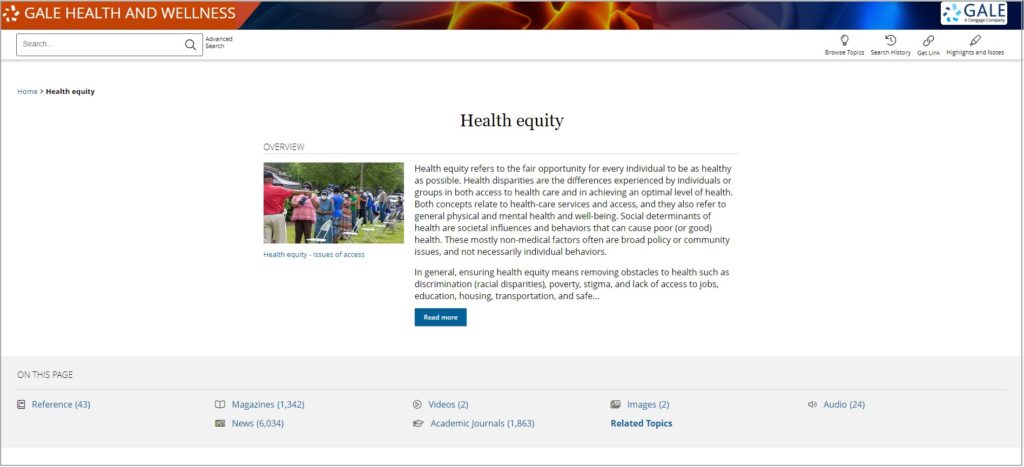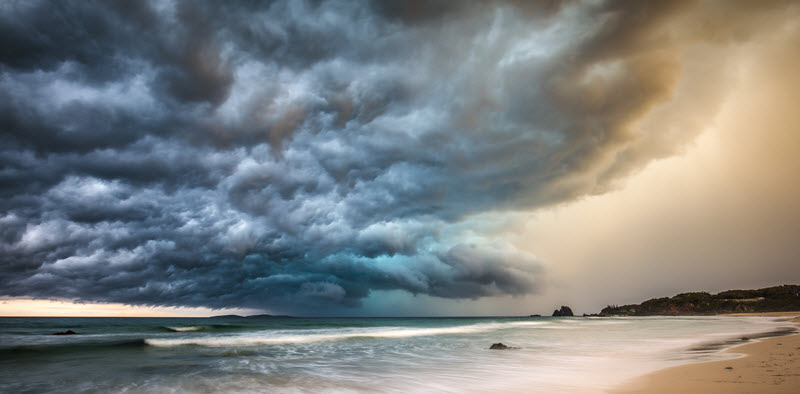| By Brenda Wilmoth Lerner |
We’re entering the peak of hurricane season on the Gulf Coast, and people are keeping a wary eye on one tropical system after another making their way into the Gulf of Mexico. New England recently experienced a direct landfall from a tropical storm, a rare weather event that hasn’t happened in the past three decades. Weather isn’t synonymous with climate. Weather includes conditions that vary within a short time; climate describes atmospheric conditions that occur in a particular location over periods of 30 years or longer. That partially explains how unusual weather, like the New England tropical storm, can happen within otherwise normal climatic conditions. We should become accustomed to anticipating more of these unusual weather events in our warming world, and plan for the disruptions they will bring in order to minimize their effect on our health and safety.
According to the report from the United Nations Intergovernmental Panel on Climate Change (IPCC) released in August, climate change is occurring at a rate that could unsettle the lives and well-being of millions of people—not only in future generations but the lives of people living today. Scientists generally consider an elevation in preindustrialization global average temperatures of 1.5 degrees Celsius (2.7 degrees Fahrenheit) to be the most that humans could tolerate without triggering widespread social and economic consequences, both of which could negatively affect the status of global health. The report indicates that average global temperatures have already risen 1.1 degree Celsius, and are expected to reach and likely exceed the 1.5-degree-Celsius threshold within 20 years. The secretary-general for the United Nations, António Guterres, labeled the report a “code red for humanity.”
We’re already seeing more frequent extreme weather events that threaten the safety of millions of people worldwide. Wildfires and heat waves in the American West, landslides due to unusually heavy rain in India, unprecedented flooding in Europe, and severe drought in Central Asia have caused many deaths and put entire communities in peril just this year. The IPCC report links the increase in these extreme events to the atmospheric changes accompanying the 1.1-degree-Celsius rise in global temperatures.
In the long run, scientists predict that climate change will bring about health challenges to people in many areas, mainly due to variations in water, rising temperatures, and the increasingly broad habitats of insect vectors for disease. People, especially children, living in the developing world—where inequities in health care already exist—are likely to bear a disproportionate share of these challenges.

Overall, the World Health Organization estimates that climate stress will result in 250,000 additional deaths per year between 2030 and 2050. Malnutrition resulting from prolonged drought, waterborne diarrheal diseases, malaria, and heat-related illnesses will account for the majority of these deaths. In the United States, climate change is predicted to increase respiratory illnesses along with premature deaths, as levels of particulate-matter air pollution, surface-level ozone, and pollen concentrations compromise air quality. Diseases carried by mosquitoes and ticks are currently emerging and increasing in the United States as warming temperatures expand the range of the insects that transmit them. The Centers for Disease Control and Prevention also cautions that extreme weather events, like floods, wildfires, or major hurricanes, can trigger or fuel mental disorders, like depression and post-traumatic stress disorder (PTSD), among people who experience the disaster, even if they had not experienced mental illness previously.
In one hopeful spot within the report, scientists predicted that if humans can make immediate and drastic reductions in emissions, global warming can be held to the 1.5-degree-Celsius threshold, and that average global temperatures will begin to stabilize in the mid-century. But that means we’re stuck dealing with the instability and extreme weather caused by the current 1.1-degree-Celsius rise—and with what is to come until such stabilization occurs. We should adjust our health systems to be responsive to these challenges.

Readers can expect to see more climate-related information making its way into the resources of the Gale Health and Wellness database. Look for a new portal on climate change and health (coming soon), and for explanations of how climate and extreme weather can impact a wide range of conditions, from common allergies to heart disease, cancer, and even newly emerging infections rarely seen.
About the Author
Brenda Wilmoth Lerner is a writer and editor specializing in global health. Volunteer nursing has taken her far and wide, but she especially values her time at home on the Gulf Coast.

